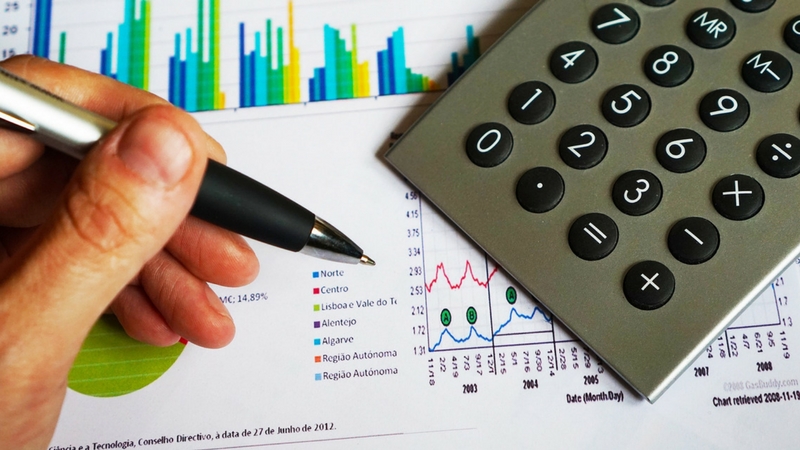Interest Rates
Episode #6 of the course Introduction to macroeconomics by Doha Soliman, CFA
Welcome back! We’re halfway done! In today’s lesson, we’ll discuss interest rates and their effect on the economy. Let’s get started!
What Is Interest Rate?
You might be familiar with the term, “interest rate,” since we all deal with interest on our debt payments (mortgage, car loan, credit card) and in our savings account (accumulating interest as time progresses). But what does it mean exactly and who gets to set the rate?
I’ll start off with an explanation. Interest is the amount an individual pays when borrowing money from a lender. It is expressed as a percentage of the full amount of the loan and is paid in addition to the principal. An example might make this clearer.
You are borrowing $100 from the bank, with interest being set at 5%. This means that each month for the next twelve months, you will repay the bank the principal ($100/12) + the interest ($5/12). By the end of the year, you would have repaid a total of $105.
You might be wondering why you receive money from your bank deposited in your savings account if interest is only paid on debt repayment. The answer is that the bank is technically borrowing money from you when you deposit it in your account and paying you interest to keep your money there.
The Role of Central Bank
Now let’s discuss the role of governments in setting the rate. The central bank is the monetary authority of the nation and regulates many aspects of the country’s economy, including interest rates, currency, and money supply. As we mentioned yesterday, the money supply refers to how much money is being printed, and when governments print a high quantity of this money, inflation can then occur. At that point, the central bank will cool the inflation by raising the discount rate, which is the minimum interest rate the central bank charges banks. In turn, the banks charge a premium over the discount rate to consumers.
There are many reasons why the central bank will choose to increase or decrease the interest rate. When an economy is in a recession or enduring stagnation, the government will generally lower the interest rate to stimulate spending. As the interest rate goes down, consumers can borrow more cheaply and will use it to purchase housing, cars, and other household items that will, in turn, create jobs. In addition, as interest rates drop, it may not be worthwhile for consumers to keep their money in their bank accounts, as they are not generating high levels of interest.
Businesses, investors, and the public are generally very concerned with the actions of the central bank, as it indicates how the economy is shaping up. When the rates are dropped, it signals rough times, and conversely, when rates are rising, it indicates the the economy is rising at healthy levels.
In tomorrow’s lesson, we’ll continue talking about the role of central authorities in the economy and discuss the concepts of monetary and fiscal policies.
Recommended book
Principles of Macroeconomics by N. Gregory Mankiw
Share with friends

